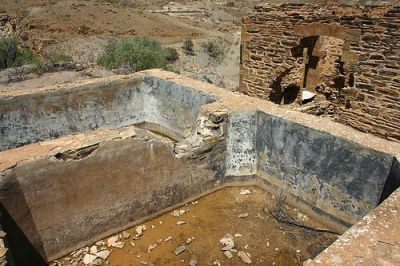
Mining activities provide the raw materials to manufacture products for a multitude of industries ranging from electronics to aerospace to biomedicine. A new EU-funded project is helping ensure the environmental safety of the mining industry.

Scientists have investigated several aspects of jatropha cultivation in order to produce biofuels and biomass without impacting food security.
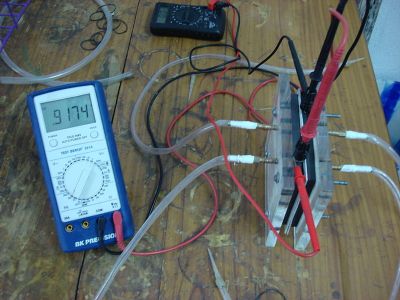
Cost and durability represent the main obstacles to full commercialisation of proton exchange membrane fuel cell (PEMFC) technology for vehicles. An EU-funded project is developing suitable materials for high-performance PEMFCs with a long lifetime.
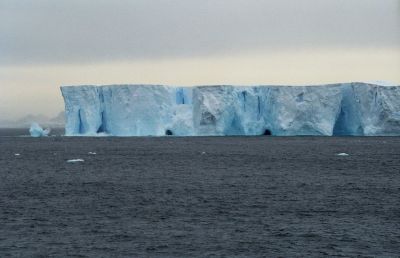
How water interacts with different elements around it, such as soil, ice and structures, can reveal much about evolving climate patterns and help find ways to address global warming.
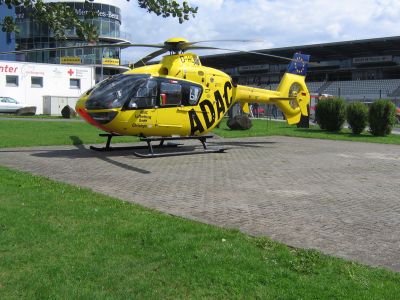
The EU is dedicated to reducing emissions associated with air transport. The objective applies equally to rotorcraft as to aeroplanes, so first-time measurements and models of helicopter flue gas emissions are of fundamental importance to the efforts.

Researchers are advancing new local and regional forecasting methods that produce skilful and reliable land predictions over local and large timescales.
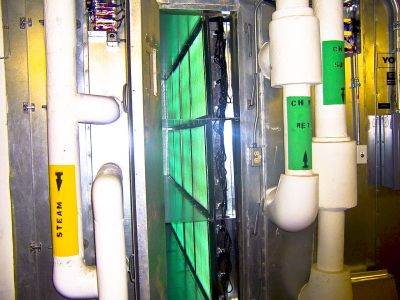
Pesticides are used around the world but can persist in the environment, contaminating drinking and irrigation water with toxic organic compounds. One example is Vietnam where herbicides and dioxins applied during the Vietnam war entered the water cycle, possibly leading to cancers and abnormalities in newborn babies.
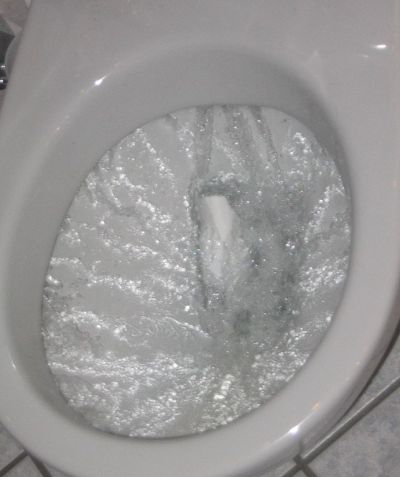
Flush toilets use large quantities of water and are expensive to operate and maintain. Therefore, European sanitation engineers are advancing a clean, efficient and environmentally friendly alternative.

In the marine environment human activities and other factors can result in algal blooms and habitat destruction, which may affect people's health and local communities. A common method for assessing the status of water quality is by measuring its optical properties to determine sewage impact, dissolved organic matter, sediment loads or biological activity.
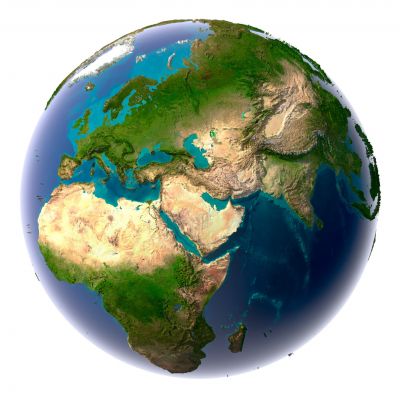
An EU study addressed the weaknesses of integrated assessment models (IAMs) in predicting the economic effects of climate change. The project revealed large uncertainties about the effects in several regions, and created more accurate modelling techniques.

An EU-funded project is working to develop sustainable refurbishment solutions for residential buildings. Its energy-efficient retrofit approach takes into account different building types, climates and socioeconomic conditions.

Scientists have conducted climate reconstructions over millennia using the isotope signals stored in tree rings.
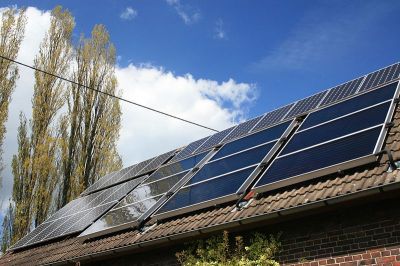
EU-funded scientists are replacing the conventional molten salts in solar technologies with a suspension that can capture and store heat at higher temperatures.
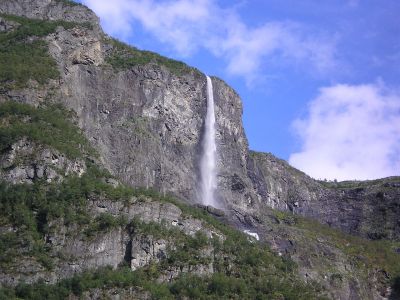
Scarcity of fresh water is of growing concern in the Mediterranean area due to urbanisation, irrigation and changing rainfall patterns. The influx of millions of Sun-seeking tourists puts even more pressure on limited water resources during the summer season.

An EU-funded project is accelerating widespread use of renewable aviation fuels in Europe. Exciting new players are appearing on the biofuel scene such as camelina oils.
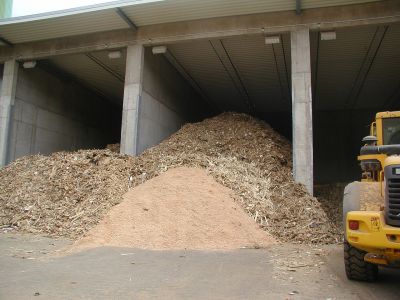
Much as sponges soak up water and remove it from a surface, industrial sorbents collect molecules in fluids or gases. EU-funded scientists are developing carbon-based nanosorbents from vegetative waste for improved removal of industrial contaminants.
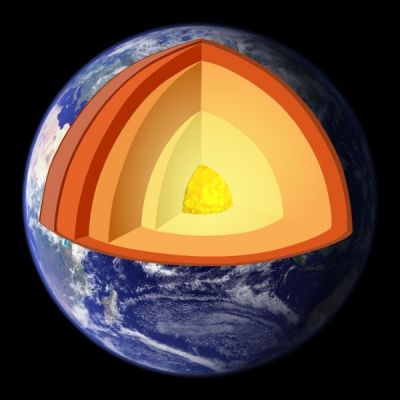
Although the Earth is a rocky planet, many aqueous dynamic processes take place beneath its surface making it unique among terrestrial planets. New insight into the role of fluids on properties of materials is directly relevant to earthquakes and volcanic eruptions.
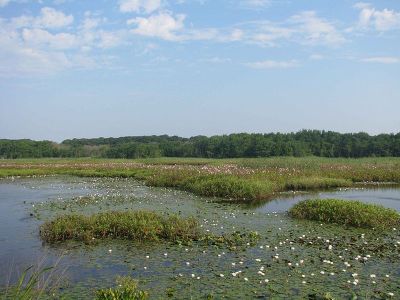
Human activities have strongly modified the biogeochemical cycles of metallic trace elements (MTEs) increasing their fluxes towards and between surface environments. New isotope data has fostered better models of MTE sources, transfer and reactivities in dynamic and multi-sources systems, as required for targeting emission controlled strategies to combat origins and consequences of metal contamination.

Access to a supply of clean drinking water is a fundamental requirement of the European Drinking Water Directive (DWD). An EU-funded initiative is developing an innovative probe based on microelectronic sensors to improve the management of Europe's water network.
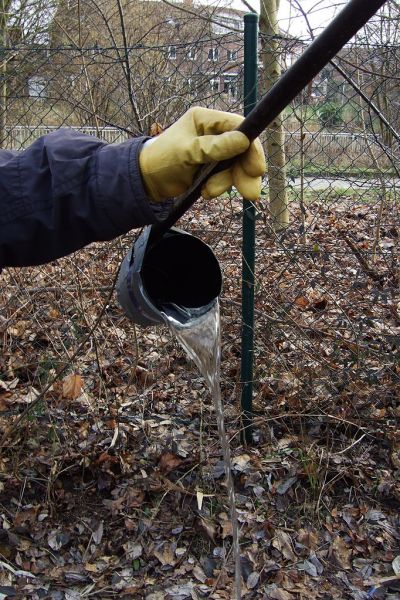
Stringent EU legislation and growing costs for water, discharges and raw materials are prompting the surface treatment of metals (STM) industry to seek new ways to treat effluent.
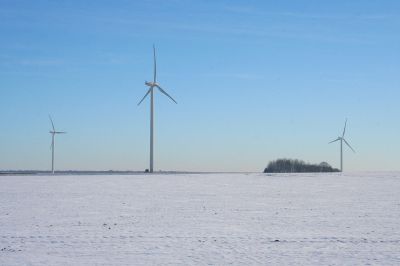
An EU-funded project is developing hydrophobic coatings that give ice and water droplets little chance of sticking to wind turbine blades. The new coatings should help reduce wind farm maintenance costs and increase turbine lifespan.
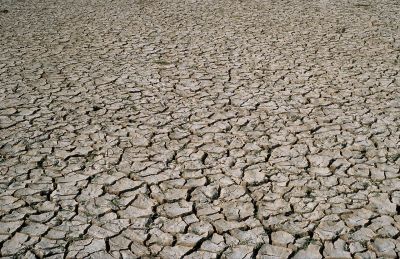
Researchers have developed a non-destructive scanning technique to monitor the structural health and integrity of soil infrastructures.
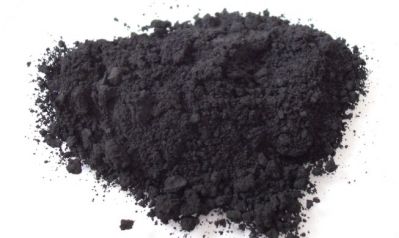
Aside from being a public health hazard, particles in the atmosphere affect climate. New data mining and analysis methods are shedding light on the role of one of the most important components, black carbon.
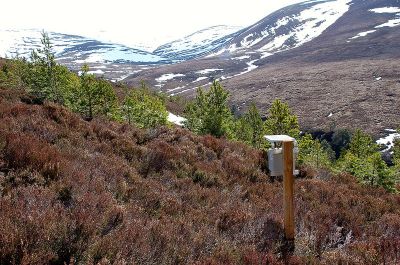
New-generation biosensors adapted for a range of different targets are set to raise the standard of environmental monitoring.
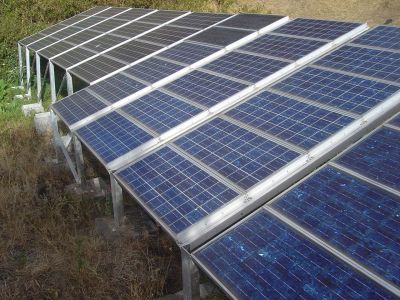
Today's solar modules should be nearing the end of their useful life after two decades. EU-funded scientists are focusing on designing solar cells that are more recyclable and also on minimising the environmental impact during their manufacturing.
























